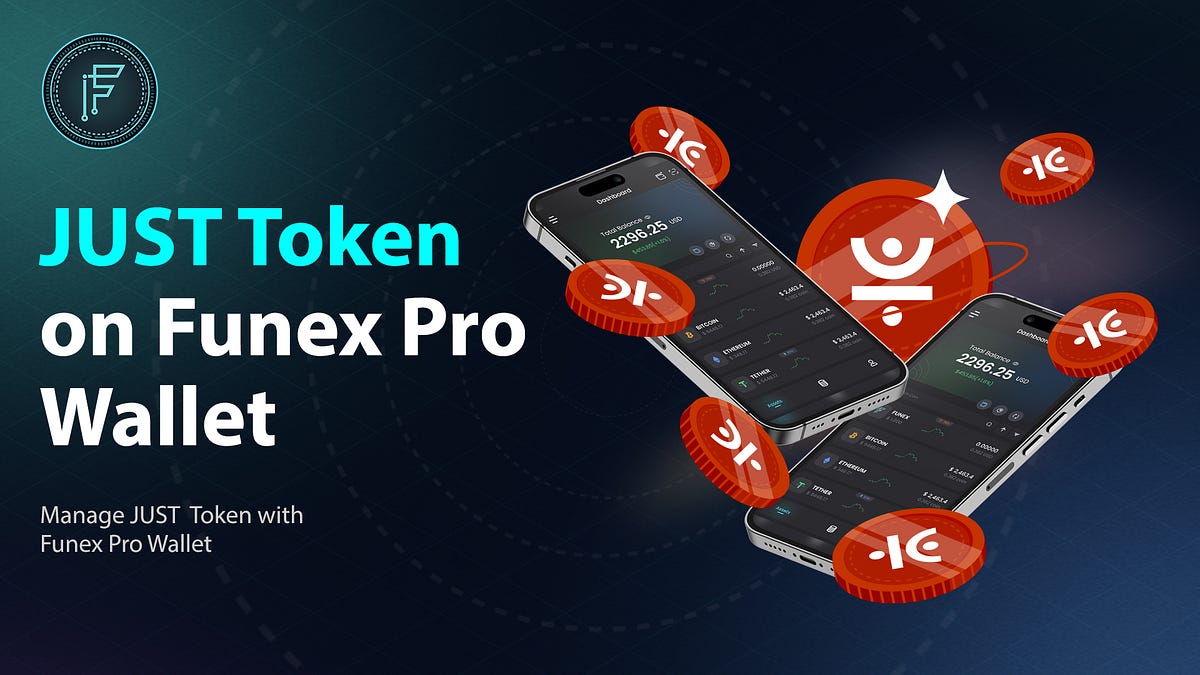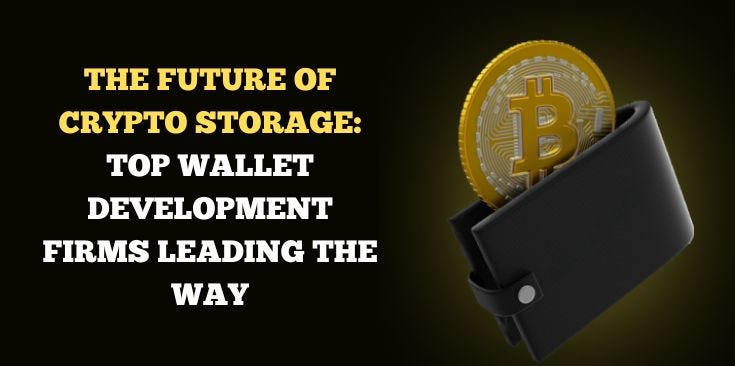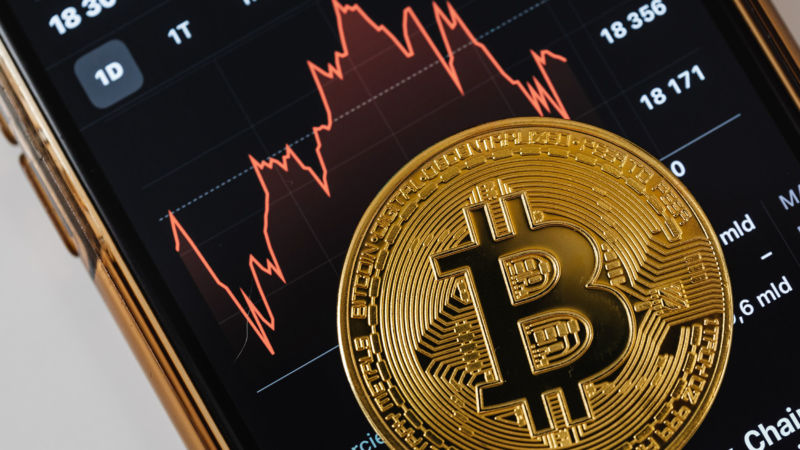Secure Sequence Crypto Wallet - Best Practices
Explore the best practices for a secure sequence crypto wallet. Learn how to protect your digital assets with our expert tips and advice

In the rapidly evolving world of cryptocurrencies, securing your digital assets has become paramount. As the crypto market continues to grow, so do the risks associated with it. To protect your investments, it's crucial to choose the right crypto wallet and adopt best practices for security. In this article, we'll explore the concept of a secure sequence crypto wallet, delve into various types of crypto wallets, and highlight best practices to keep your digital assets safe.
Understanding Crypto Wallets
Before diving into the best practices for securing your crypto assets, let's clarify what a crypto wallet app is and why it's essential. A crypto wallet is a digital tool that allows users to store, manage, and transact with their cryptocurrencies. Think of it as a digital equivalent to a physical wallet, but specifically designed for digital currencies like Bitcoin, Ethereum, and more.
Types of Crypto Wallets
There are various types of crypto wallets, each with its own set of features, security levels, and use cases. Understanding these types of crypto wallets is crucial in selecting the best one for your needs.
1. Hardware Wallets
- Security Level: High
- Use Case: Long-term storage
- Examples: Ledger Nano S, Trezor
Hardware wallets are physical devices that store your cryptocurrency offline. They are considered one of the most secure options as they are immune to online hacks. These wallets are ideal for holding large amounts of cryptocurrencies for extended periods.
2. Software Wallets
- Security Level: Medium to High
- Use Case: Regular transactions
- Examples: Coinbase Wallet, Exodus
Software wallets come in the form of desktop, mobile, or online applications. They provide convenience for day-to-day transactions but may be susceptible to malware and hacking. Choosing a reputable software wallet is crucial for security.
3. Paper Wallets
- Security Level: High
- Use Case: Long-term storage
- Examples: Printed or handwritten private keys
A paper wallet is a physical document that contains a public address for receiving cryptocurrency and a private key for accessing it. Since it's offline, it's highly secure but requires careful handling to avoid physical damage or loss.
4. Online Wallets (Web Wallets)
- Security Level: Medium
- Use Case: Convenience and accessibility
- Examples: Coinbase, Binance
Online wallets are web-based platforms where you can access your cryptocurrency holdings through a web browser. They are convenient but should be used with caution, especially for large holdings, due to the risk of online attacks.
Now that we've covered the different types of crypto wallets, let's explore the concept of a "secure sequence crypto wallet" and discuss best practices for securing your digital assets.
Secure Sequence Crypto Wallet: A New Approach
A secure sequence crypto wallet is not a specific type of wallet but rather a concept that combines multiple wallet types in a sequence to enhance security. The idea is to use different wallets for different purposes and transactions, creating layers of security.
Here's a typical secure sequence best cryptocurrency wallet app setup:
- Hardware Wallet (Cold Wallet): Start with a hardware wallet for long-term storage of your cryptocurrencies. This wallet remains offline most of the time, reducing the risk of online attacks.
- Software Wallet (Hot Wallet): Use a reputable software wallet for everyday transactions and easy access to your funds. This wallet can be connected to the internet but should only hold a small portion of your assets.
- Paper Wallet (Cold Wallet): For the most critical and long-term holdings, create a paper wallet. It's completely offline and immune to online threats. Store it securely in a physical location.
- Online Wallet (Hot Wallet): If you need to exchange or trade cryptocurrencies frequently, use an online wallet. However, only keep a limited amount of funds in this wallet for active trading.
By following this secure sequence, you reduce the risk of a single point of failure. Even if one wallet is compromised, the others remain secure. Remember to keep backups of your wallets' private keys and recovery phrases in separate, secure locations.
Best Practices for a Secure Crypto Wallet
Beyond using a secure sequence coinbase crypto wallet, there are several best practices to further enhance the security of your digital assets:
1. Choose Reputable Wallets:
- Stick to well-known and trusted wallet providers. Research user reviews and ratings to ensure the wallet you choose has a good track record for security.
2. Enable Two-Factor Authentication (2FA):
- Whenever possible, enable 2FA for your wallets. This adds an extra layer of security by requiring a one-time code in addition to your password.
3. Regularly Update Your Wallet Software:
- Keep your wallet software up to date. Developers frequently release updates that patch security vulnerabilities.
4. Use Strong Passwords:
- Create complex passwords that are difficult for attackers to guess. Avoid using easily obtainable personal information.
5. Beware of Phishing Attacks:
- Be cautious of phishing emails and websites that mimic legitimate wallet services. Always double-check URLs and only use official websites or apps.
6. Secure Your Recovery Phrases:
- Store your recovery phrases and private keys in secure, offline locations. Consider using a fireproof and waterproof container for physical backups.
7. Keep Your Wallets Offline When Not in Use:
- If you're not actively trading or transacting, keep your hardware and paper wallets offline. This reduces the risk of online attacks.
8. Diversify Your Holdings:
- Avoid keeping all your crypto assets in one wallet. Distribute your holdings across multiple wallets for added security.
9. Regularly Monitor Your Wallet Activity:
- Keep an eye on your wallet transactions for any suspicious or unauthorized activity. Early detection can help prevent losses.
10. Educate Yourself:
Remember that the choice of wallet should align with your specific needs and preferences. Each wallet has its own unique features, and it's essential to select one that suits your usage and security requirements.
Top 10 Crypto Wallets
To help you get started on your journey to secure your crypto assets, here's a list of top 10 crypto wallet, including some of the most popular options available today:
- Ledger Nano S (Hardware Wallet)
- Trezor (Hardware Wallet)
- Coinbase Wallet (Software Wallet)
- Exodus (Software Wallet)
- MyEtherWallet (Web Wallet)
- Blockchain.info (Web Wallet)
- Trust Wallet (Mobile Wallet)
- Atomic Wallet (Desktop Wallet)
- Electrum (Desktop Wallet)
- Guarda Wallet (Multi-Currency Wallet)
In exodus crypto wallet, securing your cryptocurrency assets is a vital aspect of participating in the crypto market. Utilizing a secure sequence crypto wallet, following best practices, and staying informed about the latest security threats will go a long way in safeguarding your digital wealth. By taking these precautions, you can enjoy the benefits of the blockchain revolution while minimizing the associated risks.
What's Your Reaction?
















